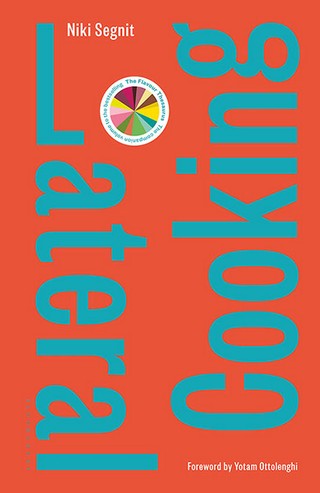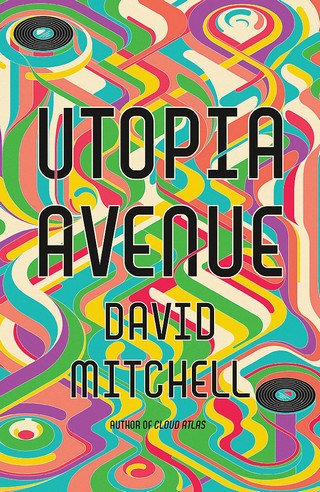Lateral Cooking
Every night for the last few months I’ve been perusing the most extraordinary book, Lateral Cooking by Niki Segnit. Despite it being a fairly large size for bedtime reading, I’ve been riveted by it—I’ve learned a lot, and I’ve laughed a lot, not something I’d expect from a cookery book. The book is divided into 12 sections, each covering a basic area—bread, sauces, chocolate etc, with each recipe leading into another. For example she writes the basic shortbread recipe, and then subtracts and adds ingredients for many variations—lavender shortbread, lemon sherbet shortbread etc. The book looks brilliant too, orange and bright blue, opposite colours in fact, with lovely simple illustrations that are far more evocative than the usual glossy hero photographic shots. Niki Segnit is also extremely amusing, I rarely laugh about anything these days, but this book makes me guffaw.
-
 Lateral Cooking: Foreword by Yotam Ottolenghi$45.00
Lateral Cooking: Foreword by Yotam Ottolenghi$45.00 -
 Utopia Avenue$33.00
Utopia Avenue$33.00
Less of a laugh, but equally entrancing is Deborah Bibby’s book about seven original Australian beach houses in The Originals: Beach Houses to Fall in Love With. Despite being a beachy book, it’s strangely monochromatic, with a sort of blackish filter used for the photographs. An usual approach for a book about beach houses, but it works well, adding a sort of mystery to many of the pictures. Humble cottages these may have once been, but not any more—they are all very desirable residences, full of delightful objects, artfully curated. Considering the trend to raze many of these old houses into the ground, it’s very encouraging that there are still some of them left, and that there are people who still want to restore them. The Originals is a fashionable, aspirational book, but still an engaging one.
I’ve also been greatly engaged by David Mitchell’s new book, Utopia Avenue. Set in the 1960s in Swinging London, the title’s Utopia Avenue is rock group with folk overtones. Four fairly disparate musicians are put together by a benign manager, and make their way in the reasonably new world of rock and roll. The book starts out in a fairly bubbly way, but the plot thickens, and each of the characters become more real as the story proceeds. What is notable about the book is the cameo appearances by many real musicians, David Bowie, Brian Jones et al, and rather more interestingly for me, visual artists as well—Francis Bacon and Lucian Freud for example. A slightly tricky device, using real people, but it’s fun, and I think it works. Having never read a David Mitchell book before I don’t recognised characters from his other books, but I believe there are quite a few that pop up in the narrative, a fact that makes me want to start reading his many other books. Louis

